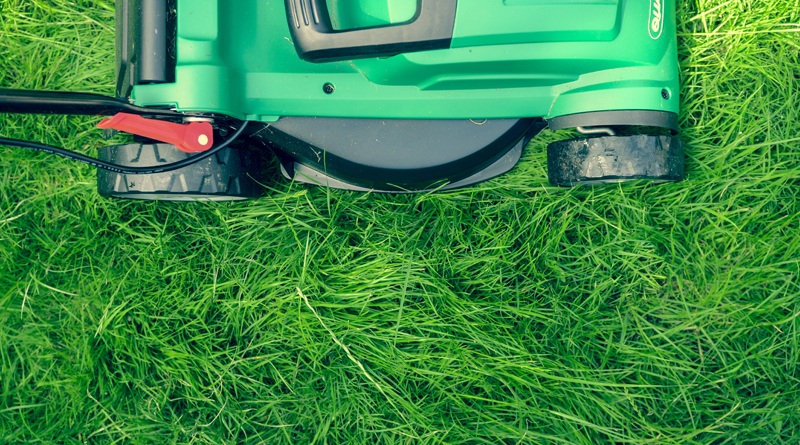FERTILIZE… WHY FERTILIZE? – Homeowner Rx

With all the rain we’ve had the last few weeks, why the heck should I do anything to my lawn? It’s already growing too fast! In all honesty, what you do to your lawn now can really help your yard through the hot, dry days of summer.
Besides the greening up of the grass and making it grow, a good lawn fertilizer will add nutrients like potash and iron that will help with the general health of the plant when summer draught or harsh winter weather arrives. Many fertilizers also have added products that will kill dandelions, prevent crabgrass, eradicate insects, eliminate lawn disease, and there is also a special fertilizer that is made specifically to help new grass grow. And as you saw in a previous article of mine, many organic fertilizers have arrived and work quite well.
Thickening the grass in your yard will expose less bare soil. Be careful with low priced, generic fertilizer. It might save you some bucks but don’t put it on too heavy, you might burn the grass. And the nitrogen in that low priced bag of fertilizer might only last for a couple weeks where the slow-release nitrogen in a bag of good fertilizer will be doing your yard some good for up to two months!
One thing that most homeowners never do to their yard that they should, is to aerify. If your lawn has a lot of traffic, if it has been ignored for a number of years, or might have been compacted by a layer of snow this past winter, consider renting an aerator. It kind of looks like a self-propelled lawn mower on steroids. And instead of cutting the grass, it slices down to the dirt to open up the soil for sunlight, oxygen, and nutrients to reach the roots of the grass. There is also a version called a plugger that actually will remove a plug of old grass and dirt about ½” wide that will also accomplish the same results.
Personally, this time of year I always mow my yard higher than normal. The grass grows so fast and is so thick early on, I don’t want to take a chance of cutting that new grass too short. A rule of thumb is to never cut more than one-third of the grass blade height at a time. In all honesty, leaving the grass as tall as possible will make it more resistant to damaging pet or human foot traffic, and will help protect the growing base of the grass plant as well.
I remember back in the late 70’s I put up a display at one of the first Earth Day celebrations out at IPFW. When I showed up with a gas powered Lawn Boy mower, boy did I catch some flack! But what I was showing was a new attachment for mowers, a mulch plate. It kept the cut grass from quickly exiting the mower. The grass was forced to stay under the deck and be cut up many times, not just once. Grass decomposes from the cut ends. And when the grass is cut into many pieces, it has many cut ends, and the decomposition can happen much quicker. And what does decomposing grass produce? Nitrogen, which is fertilizer for your lawn. So one of the best, environmentally friendly, and most inexpensive ways to fertilize is by using a mower with a proper mulch plate attached.
So, should you fertilize this spring? Just remember, if you give your lawn a little love this spring, you’ll get a good payback this summer.
- MICKEY & FRIENDS – Homeowner Rx - December 20, 2019
- THE FLAG OF FORT WAYNE – Homeowner Rx - November 22, 2019
- CHIPMUNKS! – Homeowner Rx - October 25, 2019


